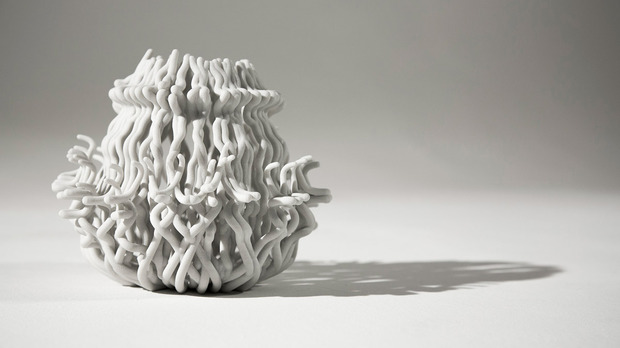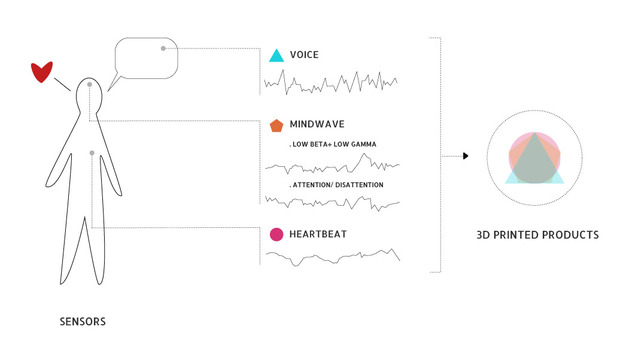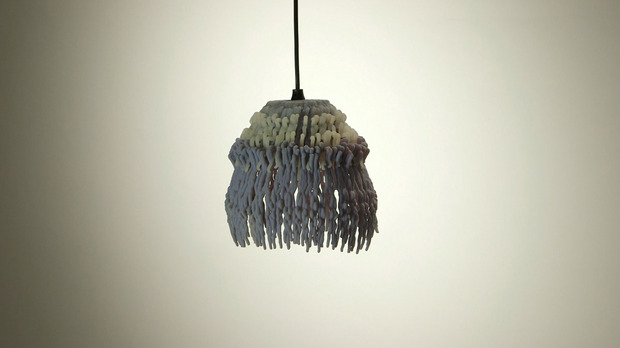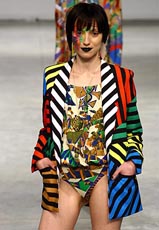São Paulo Design Weekend: The Love Project
Brazilian architect Guto Requena 3D-prints unique shapes based on participants’ emotions

by Jorge Grimberg
Brazilian architect Guto Requena launched a project that is very close to his heart at Design Weekend São Paulo. Through a special software developed by D3 Studio, personal emotions are captured to define new shapes for everyday objects. “The Love Project is a study in design, science and technology that captures the emotions people feel in relating personal love stories and transforms them into useful objects. The project suggests a future in which unique products will bear personal histories in ways that encourage long life-cycles, thus inherently combining deeply meaningful works with sustainable design,” Requena writes on his website.

The design process is peculiar and involves three stages. First, three sensors are applied to the users in order to read their sudden reactions while they tell a love story that defined their lives. “Participants are isolated during this process so that they can more intimately expose their feelings and that data can be more accurately captured,” Requena further explains. As users speak, data drawn from their changing emotion is captured by a software specially created for this. This data turns into a special design, that is then printed using a 3D printer.

A special graphic interface was created to read the data collected from the users and transform different inputs into one single language before it hits the printer. “The collected data is sent to Grasshopper parametric software, in which we developed a visual programming language that models three-dimensional objects and each sensor that was put on the users is turned into a new shape,” Requena adds. The sensor for the voice of the user is responsible for particle velocity, while heartbeat controls thickness and neural activities define if the particles will repel or attract each other.

The experimental software has three different grids to help the particles form a functional object, which are all very simple. The materials available for use are ABS, polyamide, glass, ceramics and metal. “To create these grid forces, we sought the simplest and most geometric universal format for these objects. The first version of this experiment modeled three different objects: a vase, a lamp and a fruit bowl,” Requena writes.

During the launch at Design Weekend São Paulo, guests were invited to record personal stories on a computer and take home pendants printed on site by Akad 3D printers.
Images courtesy of Studio Guto Requena












